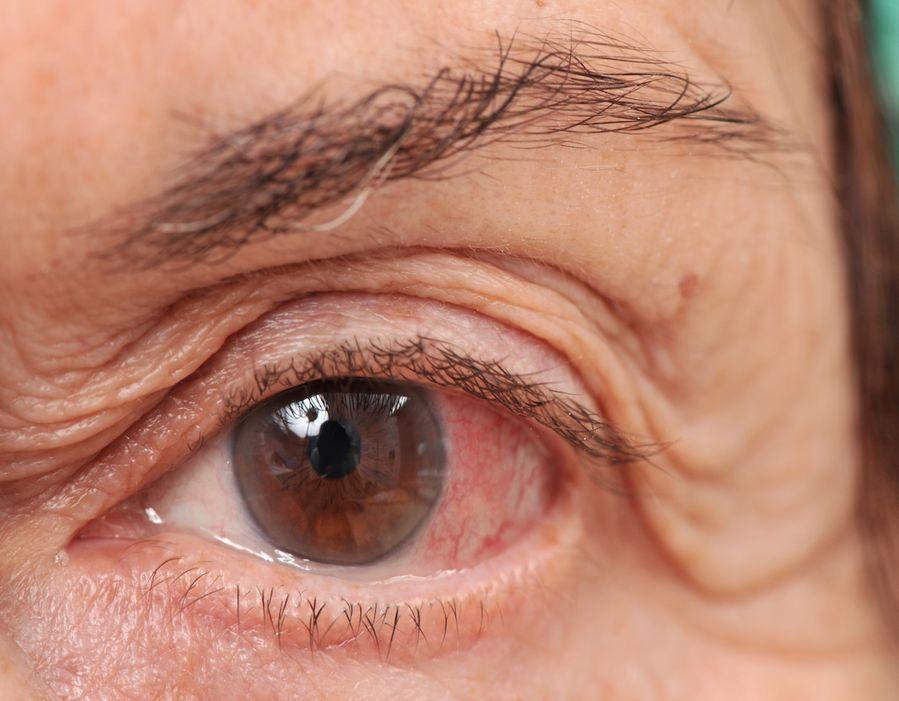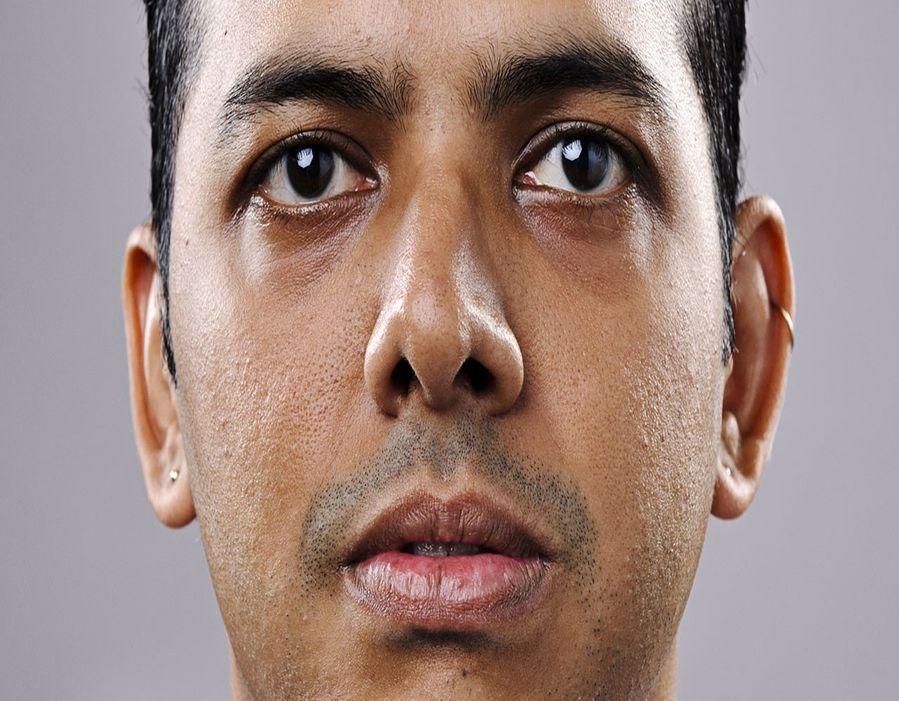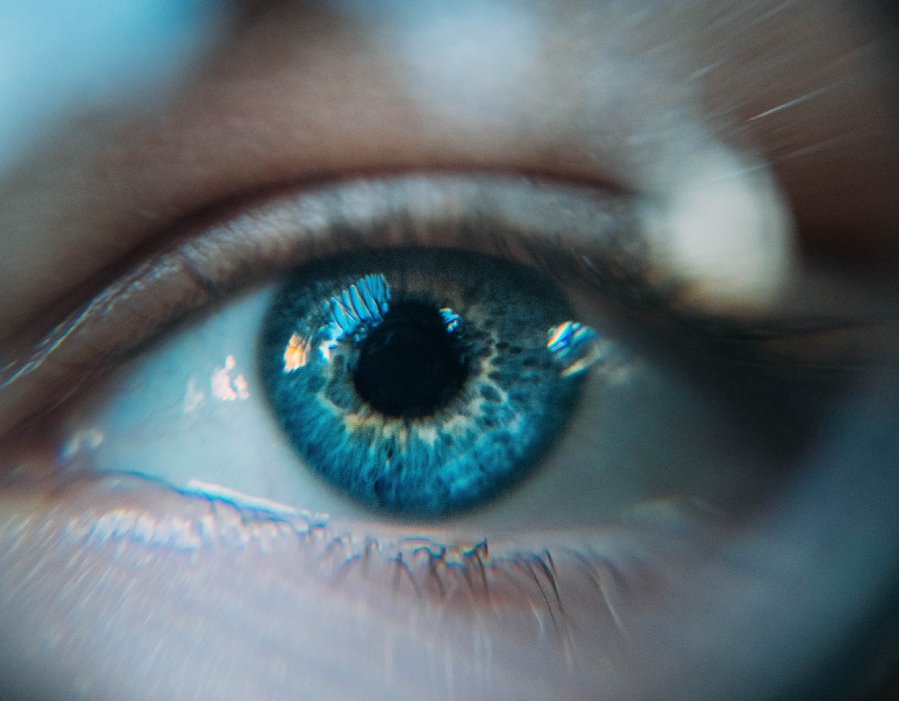- 0183 250 0026
- 9814150026
- info@sightandsmile.com
- Mon-Sun: 7:30 AM - 9:30 PM
We aim to give you a improved vision for an improved Life. Our Eye Care Solutions include Lasik eye treatment, Cornea Transplant, Lazy eye, Retina care and Glaucoma Management.

Spectacle removal
Laser-assisted in situ keratomileusis is procedure undertaken to remove spectacle number (Glasses) of the patient slotschicks. The surgery is done on the cornea and a flap is created as a part of the process followed by read the article laser delivery on the cornea to remove the glass number.
Cataract Surgery
They belong to the category of degenerative eye disease as they’re more commonly found in those over 65 years or over. They are so common that over 90% of people will experience cataracts at some point in their lifetime.cataracts are a natural part of the aging process hence there is no known cause.


Corneal Transplant
Cornea transplant involves replacement of diseased or scarred corneal tissue with healthy tissue from an organ donor. There are two main types of cornea transplants: traditional, full thickness cornea transplant and back layer cornea transplant( PK and EK respectively)
Glaucoma
Glaucoma does not refer to one single eye condition, but a range of conditions that are connected to damage to the optic nerve. Often these are caused by increased intraocular pressure. In severe cases, if left unattended, it can lead to blindness, so it is extremely important to have your eyes examined and begin treatment as soon as possible


Lazy Eye: Amblyopia
Amblyopia, or lazy eye, is when an eye has poor vision because it’s not working in coordination with the brain. It can happen in both eyes but usually happens in only one eye. The brain then favors the better-seeing eye. Sometimes this causes the weaker (“lazy”) eye to wander outward, inward, upward or downward. When an eye wanders, that condition is called strabismus.
Retina Care
The retina is a thin layer of tissue that lines the back of the eye on the inside. It is located near the optic nerve. The purpose of the retina is to receive light that the lens has focused, convert the light into neural signals, and send these signals on to the brain for visual recognition.


VRT
VRT is designed to strengthen the visual information processing of residual neuronal structures that have survived acute lesions of the nervous system. By repeated activation through the course of the therapy, patients use the program to train and improve their impaired visual functions and thus regain useful vision in the area of the visual field deficit.
Vision restoration
If you are affected by this type of vision disorder you may run into objects, trip or fall, knock things over, lose your place when reading, or be surprised by people or objects that seem to appear suddenly out of nowhere. You may even become afraid of exploring traversing out in public, often because you may easily get lost in crowded areas.

Request an Appointment
Please use the form below to book an appointment with us at your preferred date and time.
